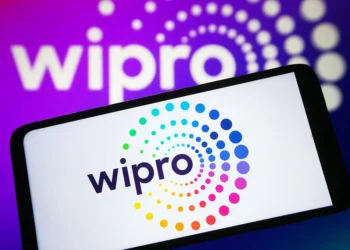MUMBAI: Reliance Industries Ltd plans to develop a wide variety of low-price Reliance Trends style shops throughout India to 2,500 from 557 over the following five years and integrate them with its online commercial enterprise, people briefed on the plans said. The growth, which has no longer been mentioned before, in the present-day move through the conglomerate’s billionaire owner, Mukesh Ambani, to grab a dominant percentage of Indian customer spending in conflict with rivals, especially e-trade giants Amazon.com Inc. and Walmart Inc.’s Flipkart. Reliance’s plans to diversify into e-trade and enlarge in fashion come at the heels of India’s new overseas funding curbs, which have dealt at least a temporary blow to Amazon and Flipkart.
In December, Prime Minister Narendra Modi’s government modified international direct funding guidelines for e-commerce, barring online stores from promoting products via providers wherein they have a fairness interest, and additionally from making offers with carriers to sell solely on their platforms. Ambani, Asia’s most precious guy, founded Reliance Retail Ltd in 2007 to convert his petroleum behemoth into a consumer-facing conglomerate. Targeting three hundred cities, Expectations that Ambani will boom bets on retail have been developing. The cutting-edge plan was offered at conferences in advance this year, the sources said, citing proposals the corporation shared with retail advisors.
Reliance Retail did not respond to an email looking for a remark. The enlargement plan has to allow Reliance Trends, which sells accessories in addition to clothing, to grow its labels unexpectedly – the retailer’s manufacturers, the sources stated. Reliance Trends would be in 300 towns in five years, from 160 now, noted the second individual briefed on the plan. A Reliance government, talking on condition of
Anonymity said integrating the availability of private labels with its e-trade assignment and penetrating deeper into smaller, tier 3, and four towns are the next level of growth for Reliance Trends. The government did not affirm the shop expansion plan. Last 12 months, Reliance Trends opened over a hundred stores, in keeping with the executive. “With the brand new commerce challenge that we have planned, it’s going to be even easier to promote our non-public labels from even 1/3-celebration shops,” the executive stated.
Ambani’s so-known as “new commerce” undertaking targets to attach small and mid-sized merchants with his retail network and warehouses, supporting them to better control stock in addition to increase sales of Reliance’s private labels. Both the assets declined to be identified as the plans have no longer been publicly introduced. Low prices for India’s teens India has the arena’s biggest population within the 18-35 year age group at 440 million people, constituting almost half of its group of workers, international consultancy Deloitte stated in the latest
report. With the rising use of the Internet and smartphones, e-commerce retailers have doled out reductions to lure people to store online items such as simple groceries and large electronic devices. “The millennial possibility is what every store is calling for. Reliance is no exclusive,” said a retail enterprise veteran and independent marketing consultant to several shops. Retailers tend to make better margins out in their own brands
than 0.33-celebration brands because they can maintain a far sharper eye on costs of production and related advertising. “Reliance Trends’ aggressive expansion will see products consisting of private labels available throughout multi-logo outlets and smaller layout stores as well,” stated independent retail consultant Govind Shrikhande, while requesting how Reliance will manage the competitive expansion. Almost 80 percent of
Reliance Trends’ sales come from private labels. The business enterprise executive said that a group of designers work across seven centers in India and one in London to layout gadgets such as denim, trousers, shirts, and t-shirts. “They are searching for worldwide fashion after which they’re searching for how that fashion may be followed for India at a rate which is low cost to churn out our private labels,” said the government.








